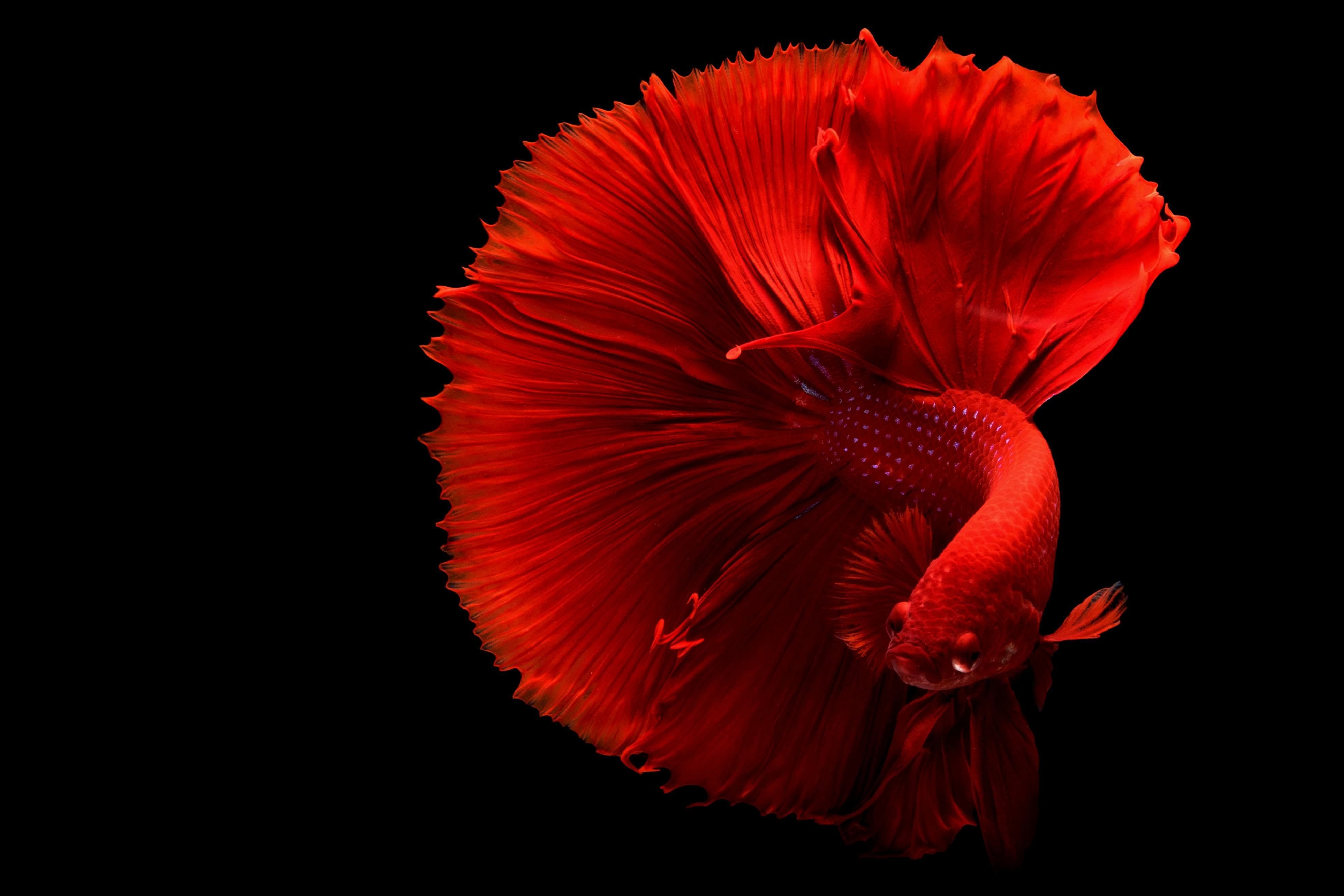Essential Guide to Fish Tank Kits for Modern Aquarists in 2025
As we step into 2025, fishkeeping continues to captivate hobbyists and enthusiasts worldwide. The evolution of fish tank kits has made it easier than ever to set up an aquarium that suits varying preferences, whether it's a tranquil freshwater community or a vibrant saltwater ecosystem. Many modern fish tank kits come equipped with advanced features that cater to the unique needs of both beginners and seasoned aquarists, making them essential for anyone looking to embark on this rewarding hobby.
The growing popularity of fishkeeping is credited to the benefits it brings into a home, such as reduced stress, enhanced aesthetics, and the joy of nurturing aquatic life. With numerous fish tank sizes, layouts, and accessories available, prospective aquarium owners are now better equipped to create stunning, healthy habitats for their fish while ensuring optimal water quality and maintenance practices.
Throughout this guide, we will explore vital components of fish tank kits, including filtration systems, lighting options, and suitable fish selections. We will also share essential care tips, DIY ideas, and troubleshooting methods to enrich your fishkeeping experience. Ultimately, our objective is to equip you with all the knowledge necessary to successfully launch and maintain your ideal aquarium setup.
Key Takeaways: Understanding the essentials of fish tank kits will greatly enhance your aquarium experience. Familiarizing yourself with equipment, maintenance, and species compatibility will set you on the path to creating a thriving aquatic community.
Choosing the Right Fish Tank Kits for Your Home
The first step in your aquarium journey is selecting the right fish tank kit. There's a wide variety of sizes and types available, and knowing the characteristics of each can guide you in making an informed decision. Fish tank kits often include essential components like the aquarium itself, filtration system, heater, and lighting, which can save you time and money.
Beginner fish tanks, particularly those designed for novices, typically feature all-in-one systems that simplify the initial setup process. These kits come with pre-selected equipment designed to work harmoniously, ensuring a seamless experience. On the other hand, advanced hobbyists may prefer customizable fish tank kits, allowing them to shop for each component tailored to their specifications.
An understanding of your living space is crucial in selecting fish tank sizes. Whether you opt for compact aquarium kits for smaller areas or larger setups, determining the right size will impact fish health and happiness as well as ease of maintenance. Always consider the weight and dimensions when planning the layout of your aquarium.
Additionally, think about aesthetics. The fish tank's design should complement your home décor. Modern fish tanks often boast sleek designs with innovative features that fit various styles, from minimalistic to decorative setups.
Lastly, factor in your budget. Fish tank prices can vary widely based on size, type, and features. Research and compare different brands to find aquarium deals that fit your financial plan and provide quality equipment.

Essential Components of a Complete Fish Tank Setup
A complete fish tank setup encompasses several key components that work together to create a thriving environment for aquatic life. Understanding the primary aspects of filtration, heating, and lighting is fundamental to establishing a successful aquarium.
Filtration systems are critical for maintaining water quality in your fish tank. They remove harmful toxins and sediment, promoting a healthy habitat for your fish. When choosing a tank filtration system, consider factors like tank size, fish species, and required flow rate. Advanced filters, such as canister or sump systems, can provide thorough cleaning for larger fish tanks.
Another crucial element is heating. Fish tank heaters help regulate water temperature, which is vital for many tropical fish. Ensure that your heater is appropriate for the size of your aquarium. It's also essential to monitor water temperature using reliable aquarium thermometers to prevent sudden fluctuations, which can stress fish.
Lighting plays a pivotal role in aquarium aesthetics and plant health. LED aquarium lights are highly recommended due to their energy efficiency and long lifespan. Additionally, the type of lighting you choose can impact the growth of aquarium plants and the overall mood of the setup, enhancing the visual importance of your fish tank.
Choosing the correct substrate helps create a suitable foundation for plants and fish. Gravel, sand, and soil are some of the popular options that each have their benefits. For instance, sand is ideal for certain species of fish like corydoras, while fine gravel is excellent for planted tanks.

Choosing the Best Fish for Your Tank
Populating your aquarium with the right fish species is just as important as setting up the tank itself. Selecting compatible fish can create a healthy community, reduce aggression, and ensure a stable ecosystem. Understanding the nature of different fish species and their compatibility with each other is essential. For beginners, community fish tanks featuring peaceful species are ideal.
One popular beginner selection is the betta fish, known for its vibrant colors and unique fins. However, bettas can be territorial, so it’s vital to choose tank mates wisely. Other excellent community fish include neon tetras and guppies, which coexist peacefully and add vibrant colors to the aquatic landscape.
Aside from compatibility, it’s essential to consider the size and environment needs of the fish you're selecting. Smaller fish like rasboras and dwarf cichlids are suited for smaller aquariums, while larger fish require more space. But regardless of size, ensure that the fish remains comfortable and stress-free in the designated tank environment.
Additionally, pay attention to schooling fish; they thrive in groups and are happier when surrounded by their kind. Always ensure that you research tank stocking rules to prevent overcrowding and other complications that may arise from having too many fish in one tank.
After selecting your fish, make sure to provide varied fish food varieties to cater to their dietary needs. Flakes, pellets, and frozen food can support the health and well-being of your aquatic pets, enhancing their coloration and vitality.
Maintaining Optimal Water Quality in Your Aquarium
Water quality is the most crucial aspect of fish tank maintenance and can determine the success of your aquarium. Establishing a regular testing schedule for parameters like pH, ammonia, nitrite, and nitrate levels will help you monitor the health of your tank.
Investing in reliable aquarium testing kits can save you from potential disasters. Regular water changes are essential to dilute harmful substances and replenish trace elements crucial for fish health. Most fishkeeping enthusiasts recommend changing 10-15% of the water weekly.
When performing water changes, use a siphon to remove debris and uneaten food from the substrate. This will help maintain a clean environment and prevent algae growth, which can harm your aquatic life. Additionally, it’s important to condition the water before adding it back to the tank to remove chlorine and other harmful chemicals.
Keeping your aquarium equipment clean prevents the buildup of harmful bacteria. Regularly clean filters, heaters, and lighting equipment, ensuring they accurately function and maintain optimal conditions for your fish. However, avoid over-cleaning decorations and substrate, as beneficial bacteria populations need time to establish.
Another vital tip for maintaining water quality is avoiding overfeeding your fish. Excess food can lead to water quality issues; use automated fish feeders to regulate your feeding schedule, ensuring that your fish receive the proper portions without waste buildup.
DIY Fish Tank Kits: A Creative Approach to Aquaristics
For those looking to personalize their aquarium experience, DIY fish tank kits offer an exciting opportunity. These kits provide an innovative way to develop a custom setup tailored to your exact specifications. From assembling unique filtration systems to creating distinctive aquascapes, the possibilities are endless.
Starting a DIY aquarium project requires a solid understanding of basic fish tank components and system requirements. Familiarize yourself with essential equipment, such as pumps, filters, and heaters before beginning your project. This knowledge will guide you in selecting the right components that cater to your specific needs.
DIY aquarium decorations can also enhance the aesthetics of your tank. Consider crafting resin decorations or creating natural-looking caves and hiding spots from stones and driftwood. Using plants can add another dimension to your aquarium, improving water quality and providing shelter for your fish.
Moreover, proper planning prevents common pitfalls in DIY projects. Take time to research fish tank cycling methods, ensuring your tank is ready for fish introduction. Preparing a suitable substrate, maintaining water quality, and following stocking rules are essential steps in creating a successful aquarium ecosystem.
Lastly, DIY aquarists can benefit from online resources and communities, such as aquarium forums and clubs, where you can seek advice, share experiences, and find inspiration for your next project.
Tips for Effective Fish Tank Maintenance
Regular maintenance is essential for keeping your aquarium thriving and your fish healthy. Develop a schedule for water changes, filter cleaning, and equipment checks. Regular testing of water quality parameters will help you catch potential problems before they escalate.
Incorporate an aquarium cleaning schedule that fits your routine, emphasizing the importance of maintaining a clean environment. Ensure that feeding routines align with the dietary needs of your fish and monitor their behavior for signs of stress or health issues.
Lastly, familiarize yourself with fish tank troubleshooting methods. Knowing how to address common issues, such as algae outbreaks and water chemistry imbalances, can save you time and protect the health of your aquatic pets. Ensuring that you remain updated with the latest fish tank education will improve your aquaristic skills and understanding significantly.
Conclusion
As you venture into the world of fishkeeping in 2025, having the right fish tank kit is a vital step towards creating a stunning aquatic environment. Remember that fish tank maintenance is an ongoing process, and understanding the intricate balance needed for your aquarium will lead to a satisfying hobby experience. By choosing appropriate fish, maintaining water quality, and being open to DIY projects, you can build a unique and thriving aquarium that enhances both your home and well-being.
With the vast array of fish tank kits and accessories available today, the phase of setting up an aquarium has never been more accessible or enjoyable. Embrace the challenge and joy of aquaristics, knowing that a well-maintained fish tank will always be a source of beauty and serenity in your life.
```